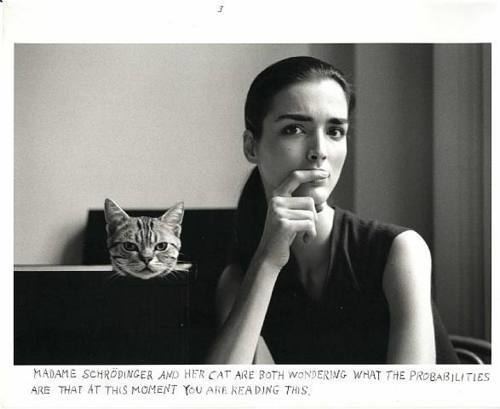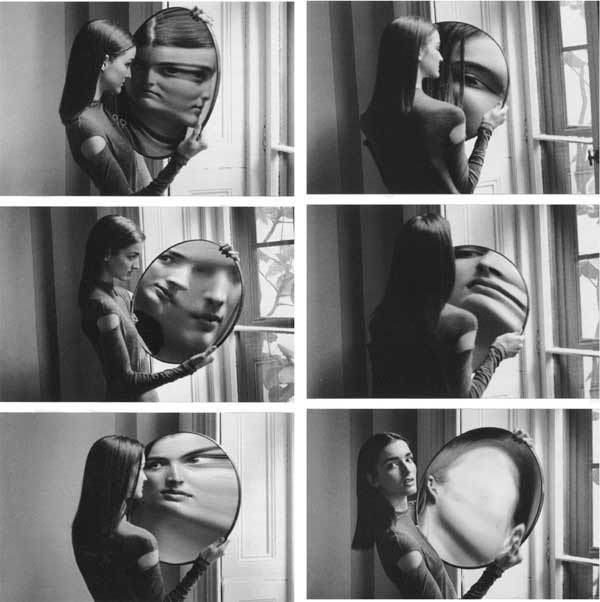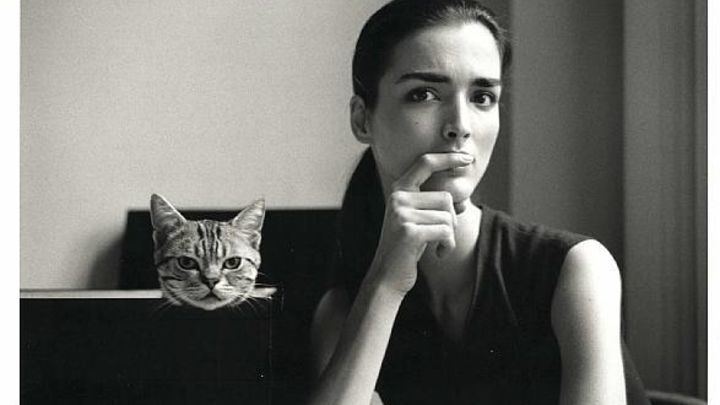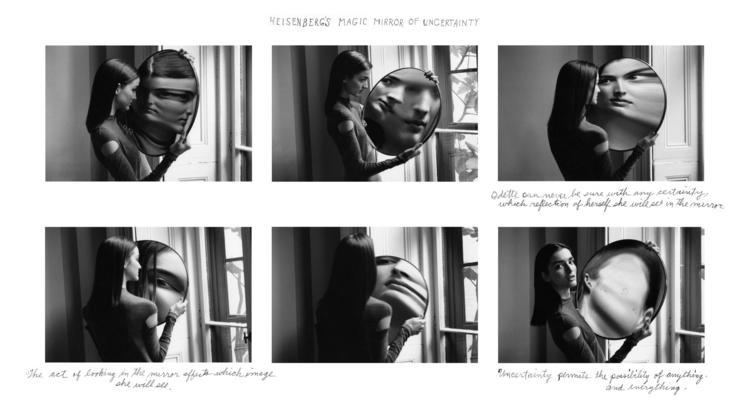Nationality American Role Photographer Name Duane Michals | Years active 1958- Occupation Photographer | |
 | ||
Born February 18, 1932 (age 93) ( 1932-02-18 ) Known for Innovative use of photo-sequences, often incorporating text to examine emotion and philosophy Notable work Sequences, The journey of the spirit after death, Chance meeting; photographs Books The House I Once Called H, Album: The Portraits of Duane Mi, Foto Follies: How Phot, Upside Down - Inside Ou, Real Dreams: Photostories Similar People Francesca Woodman, Lee Friedlander, Ralph Gibson, Diane Arbus, Robert Frank | ||
Photographer duane michals talks about his career
Duane Michals (; born February 18, 1932) is an American photographer. Michals's work makes innovative use of photo-sequences, often incorporating text to examine emotion and philosophy.
Contents
- Photographer duane michals talks about his career
- 6 photographs duane michals
- Education and career
- Artistic influences and impact
- Solo
- Group
- Awards
- Personal life
- Selected books
- Film and video
- References

6 photographs duane michals
Education and career

Michals's interest in art "began at age 14 while attending watercolor university classes at the Carnegie Institute in Pittsburgh." In 1953 he received a B.A. from the University of Denver. After two years in the Army, in 1956 he went on to study at the Parsons School of Design with a plan to become a graphic designer; however, he did not complete his studies.
He describes his photographic skills as "completely self-taught." In 1958 while on a holiday in the USSR he discovered an interest in photography. The photographs he made during this trip became his first exhibition held in 1963 at the Underground Gallery in New York City.

For a number of years, Michals was a commercial photographer, working for Esquire and Mademoiselle, and he covered the filming of The Great Gatsby for Vogue (1974). He did not have a studio. Instead, he took portraits of people in their environment, which was a contrast to the method of other photographers at the time, such as Avedon and Irving Penn.
Michals was hired by the government of Mexico to photograph the 1968 Summer Olympics. In 1970 his works were shown at the Museum of Modern Art in New York. The portraits he took between 1958 and 1988 would later become the basis of his book, Album.
In 1976 Michals received a grant from the National Endowment for the Arts. Michals also produced the art for the album Synchronicity (by The Police) in 1983, and Richard Barone's Clouds Over Eden album in 1993.
Artistic influences and impact
Though he has not been involved in gay civil rights, his photography has addressed gay themes. In discussing his notion of the artist's relationship to politics and power however, Michals feels ultimately that aspirations are useless:
I feel the political aspirations are impotent. They can never be seen. If they are, it will only be by a limited audience. If one is to act politically, one simply puts down the camera and goes out and does something. I think of someone like Heartfield who ridiculed the Nazis. Who very creatively took great stands. He could have been killed at any moment, he was Jewish, and my God what the guy did. It was extraordinary. You don’t see that now.
Michals cites Balthus, William Blake, Lewis Carroll, Thomas Eakins, René Magritte, and Walt Whitman as influences on his art. In turn, he has influenced photographers such as David Levinthal and Francesca Woodman.
He is noted for two innovations in artistic photography developed in the 1960s and 1970s. First, he "[told] a story through a series of photos" as in his 1970 book Sequences. Second, he handwrote text near his photographs, thereby giving information that the image itself could not convey.
Solo
Group
Awards
Personal life
Michals grew up in McKeesport, Pennsylvania, and currently lives in New York City. Michals has been in a relationship with his partner for 55 years as of 2015. He was raised Catholic.
